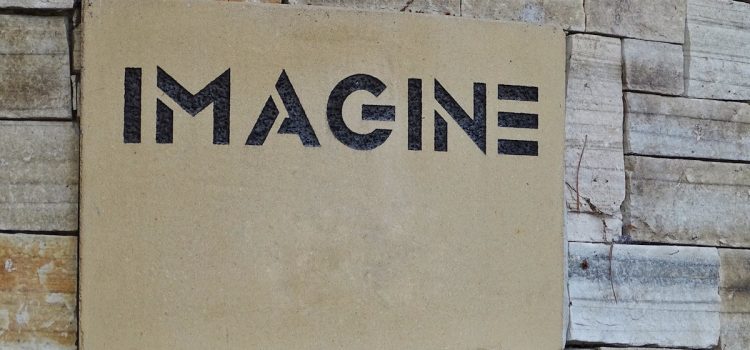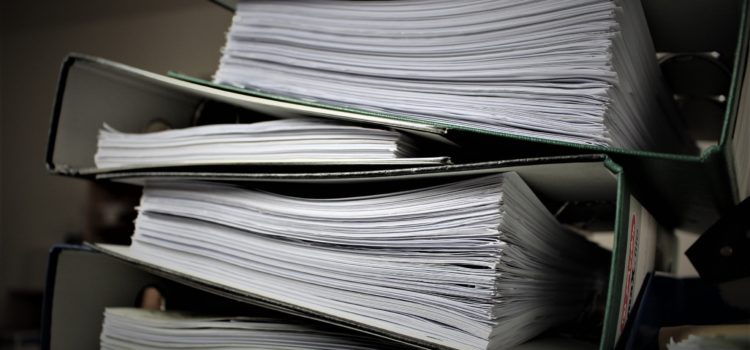What is grand theory in sociology? How well does it uphold the main purpose of social science? In The Sociological Imagination, C. Wright Mills contends that not all approaches to social science are equal. He believes that his approach (sociological imagination) is the only way to preserve freedom. He offers a critique of other approaches, including grand theory, asserting that they fail to protect a free and open society in the way sociological imagination does. Let’s take a look at what grand theory is—and how Mills thinks it fails to deliver.
What Is Grand Theory—and What’s Wrong With It?










